|
I’ve had a lot of fun working on ideas to help the Shenandoah Valley Track Club update their website and to create new logos! I suggested choosing a simple icon to go with each of the SVTC events so that when you list them on your website or on social, etc. you have a graphic to easily identify each race. Those icons could also be used on flyers and in Runsignup. RevisionsFirst draft ideas
0 Comments
When interviewers ask prospective employees to “Tell Me a Little About Yourself” I often find it to be counterproductive. A resume should the employer about where you’ve been and for me that’s not the most relevant question. Instead, I strongly believe the best approach would be to ask, “What are you looking for now in your next career move? Why are you seeking a change?” Until this week, I had almost forgotten a former employer asked interviewees to create a video to introduce themselves to share with the hiring committee. I should print that transcript and keep it with me just in case someone asks me again about my employment history at a social event. 😉 Actually, now that I think about it, I really want to revise my “career story” because when I reflect on the jobs I stayed with for 15-20 years, the narrative of how I got there is much more interesting and something I didn’t initially address in my video pitch. For instance, I’ll never forget my first interview at AHSR (now AcademyHealth). I had absolutely no clue what Health Services Research was, but when I met my soon-t0-be supervisor we clicked right away. I felt an instant connection to her fun energy and quirkiness. She was so incredibly cool and approachable, I knew I wanted her to be my boss. When I left the interview I distinctly remember thinking, “Wow, I have no clue what the actual job is, but I want it. She’s so amazing! I could learn a lot from her!” My relationship with Learning Without Tears (formerly Handwriting Without Tears) started in a bagel shop at the recommendation of a friend to her friend. I had no idea that a short-term consulting gig to create an online store on a free shopping site would gradually evolve into something much bigger where I’d be teaching myself how to be a graphic designer, production specialist, e-mail marketer, and social media manager over the course of 22 years. When I started running in Charlottesville, I was frustrated that there wasn’t an easier way to sign up for training programs or a quicker way to get race results. I also thought some of the race shirt designs could be improved. I never complain about anything unless I’m willing to fix it myself or to offer solutions. That’s how my 13+ years volunteering with the Charlottesville Track Club (CTC) began. When I reflect on my accomplishments over the past 30+ years, I’m most proud of what I’ve achieved with the CTC and through my own race, the Rivanna Greenbelt Marathon & Half Marathon. My volunteer work is the most fulfilling and satisfying work I’ve ever done. I literally smile every time I see someone in Charlottesville (and beyond!) wearing a shirt I designed. That never gets old! All this from someone with a MA in Women’s Studies and MFA in Creative Writing. One of my majors doesn’t even exist anymore (the name has changed) and I’ve never earned money from my writing, but I’ve had a pretty interesting work life that has kept me busy, productive, growing, and satisfied. I have learned a lot from my experience in Congress, nonprofits, small businesses, and consulting. Eventually, I hope to develop a unique and funny way to share my “Lessons Learned” — the outrageous stories from interviews and workplace drama and how to learn and grow from even the most discouraging situations. Stay tuned! :) My strengths and what sets me apart from others:
Bosses say they care about mental health — can workers trust them?
Denise Guerra, Samantha Masunaga (February 23, 2023)
The Hidden Link Between Workaholism and Mental Health There is compelling evidence that some people treat their emotional problems with work as well. This can lead to its own kind of addiction. Many studies have shown a strong association between workaholism and the symptoms of psychiatric disorders, such as anxiety and depression, and it has been common to assume that compulsive work leads to these maladies. But some psychologists have recently argued reverse causation—that people may treat their depression and anxiety with workaholic behavior. As the authors of one widely reported 2016 study in the scientific journal PLOS One wrote, “Workaholism (in some instances) develops as an attempt to reduce uncomfortable feelings of anxiety and depression.” As Anxiety-Related Discrimination Complaints Rise, Here’s How To Protect Yourself Tom Spiggle (May 16, 2022)
Mental health for small workplaces
How High Achievers Overcome Their Anxiety 🤝 Make the anxiety an ally. 🤗 Practice self-compassion. 😂 See the humor. 🧘♀️ Try guided meditation. 🛑 Say no to the negative thought. Infographic on Managing Someone with a Mental Health Condition (PDF) (beyondblue.org.au Seven tips to support an employee at work This fact sheet is endorsed and supported by WorkSafe Victoria. www.beyondblue.org.au Because everyone’s circumstances are different, a plan to help someone return to work or stay at work will need to be tailored for the individual, taking into account some general points. A good question to ask yourself is: “What would we do if it were a physical illness?” Many of the management principles are the same, including: 1. Offering support Ask the person if there is anything you can do to support them to remain at or return to work. This may include advice about where to get assistance. The employee may not wish to take up your offer, but it’s important to let them know support is available. 2. Developing a plan to remain at or return to work Collaborative plans that meet both parties’ needs – rather than something to be complied with – are much more likely to succeed. Don’t make assumptions about what the employee finds challenging or what will benefit them. Rather, talk about it together as you work through the following steps:
3. Being inclusive Experiencing anxiety or depression can make people feel less confident at times. Help the employee to feel more comfortable by including them in meetings and work social events to support their recovery. Fear of stigma – actual or perceived – can also affect people’s confidence. Speak openly about mental health conditions in the workplace and encourage others to do the same. 4. Staying in touch If an employee has taken some time off as part of their recovery, keeping in touch will make their return to the workplace smoother and easier for everyone involved. Maintaining connections with colleagues and the workplace can help employees feel valued. It also gives them an opportunity to give their opinion on decisions or changes in the workplace, even if they aren’t there. However, it’s also important that the employee doesn’t feel pressured to return to work before they’re fully ready. 5. Addressing the causes If there are specific work-related factors which the employee feels have contributed to their condition, it’s important that you listen to their views and take action where appropriate. This can help to improve outcomes for the individual and for the organisation, as well as ensuring that other employees are not at risk. 6. Setting clear expectations Good planning prevents confusion. Writing up a return to work or stay at work plan which includes the nature of duties and hours of work sets clear expectations for all involved. Everyone should agree to be flexible to allow for any changes that may occur during recovery. Any agreed workplace modifications should be implemented gradually to allow for adjustment. 7. Maintaining confidentiality and privacy While it’s important to inform the wider team of any changes that affect them, such as reallocating workloads or a reduction of hours, the details of the employee’s condition and treatment must remain confidential unless they give their permission. Talk to the person about what they would like other colleagues to know and how they’d like to share this information. Managers aren’t doing enough to support anxious employees—here’s how to start 1. Check in with everybody — and more than once 2. Connect employees with the right resources 3. Be as vulnerable as you feel comfortable with 4. Depersonalize the feeling How to manage an employee with anxiety at work Signs of employee anxiety to look out for include:
🙅♀️Be conscious of your professional boundaries ❓Ask them what support they need 🚩 Point people towards anxiety resources ⏰ Offer more flexibility 💻 Communicate any changes to workload 🗓 Avoid mystery meetings 🗣 Arrange personal check-ins 🧠 Respect alone time Tips for Assisting Employees with Depression and Anxiety Disorders
How To Manage Workplace Anxiety What are some of the symptoms of workplace anxiety?
What causes workplace anxiety?
Giving Feedback to Employees with Anxiety: A How-To Guide
When I was an MFA student at GMU I remember a professor once told my class that if he ran into one of us years in the future and asked about our “work”, he’d expect to hear about our writing, not the job we had at the time to pay the bills.
That comment occurred to me this weekend as I was both an employee and attendee of the Virginia Film Festival. An event that, in many ways, was 13 years in the making. In 2009, when I first attended VAFF, ecstatic to meet Alan Ball, asking him sign my “Six Feet Under” book and telling him the show saved my marriage because it gave us something to share together, I could have never imagined I’d end up being a seasonal employee and have the opportunity to meet another screenwriter, Meg LeFauve, who would inspire and encourage me to tell my stories. Before experiencing the magic of these five days in November, I had endured 100+ interviews and even more rejections from the countless other jobs I applied for but never advanced past the resume slush pile. I survived two years without permanent full-time employment (except for a three month position that ended with getting fired for the first time in over 27 years) and two years without resolution to a complaint I filed with the Virginia Department of Health Professions against a psychologist I saw over 1,000 times. It’ll take time for me to adequately describe how all of these things are intricately connected, but suffice it to say, it’s about facing shame and regret, needing validation, exploring vulnerability, quantifying worth, defining failure or success, seeking approval, wanting acceptance, and establishing connection. The journey from “I’ll pass” to “We’d like to make an offer.” This weekend I also recalled the advice from a coach who had said to runners training for a long distance race that the marathon should be a celebration for all the miles it took to get to the starting line. For so many runners it’s the hours on the roads, in solitude or with friends, that brings meaning to the sport, not the actual race. But when you earn the PR you’ve been striving for or finally get to the finish line in a race you’ve been struggling through, the completion of that goal is a feeling of joy and accomplishment that is like no other. There were so many meaningful and life-changing moments during the festival that as I write this now I don’t even think I’m ready to share all of them just yet. Maybe I can just start with a few of my favorite photos. I cackled. I cried. I danced. I panicked. I felt awkward. I felt pride. I was alone. I was with friends, new and old. And, most importantly, I shared experiences with my daughter and with my twin. So I’ve found meaning in all the pain I’ve experienced over the past two years and the memories from this festival are like race medals I’ll cherish forever. |
@leahcville1/2 of @TwinsRun Categories
All
Archives
May 2024
|
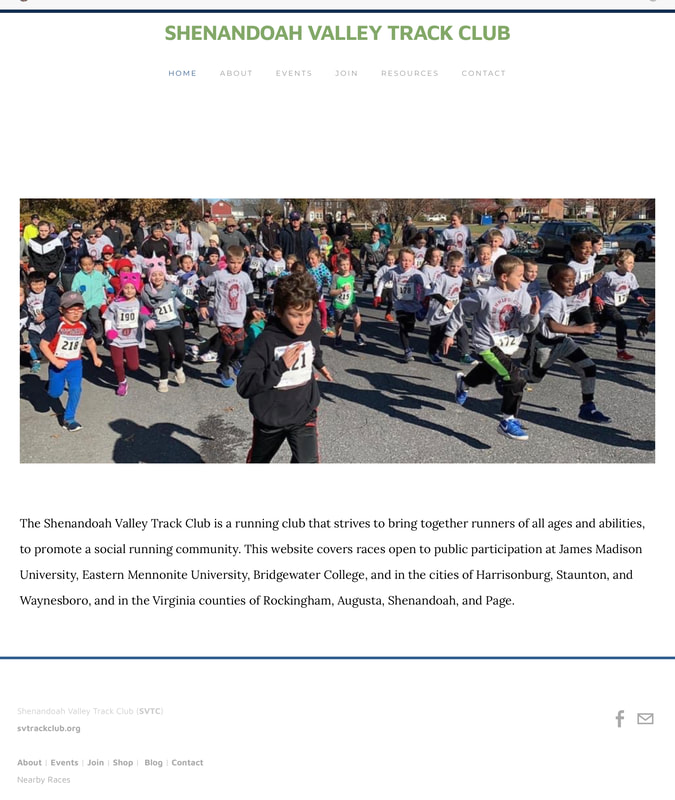
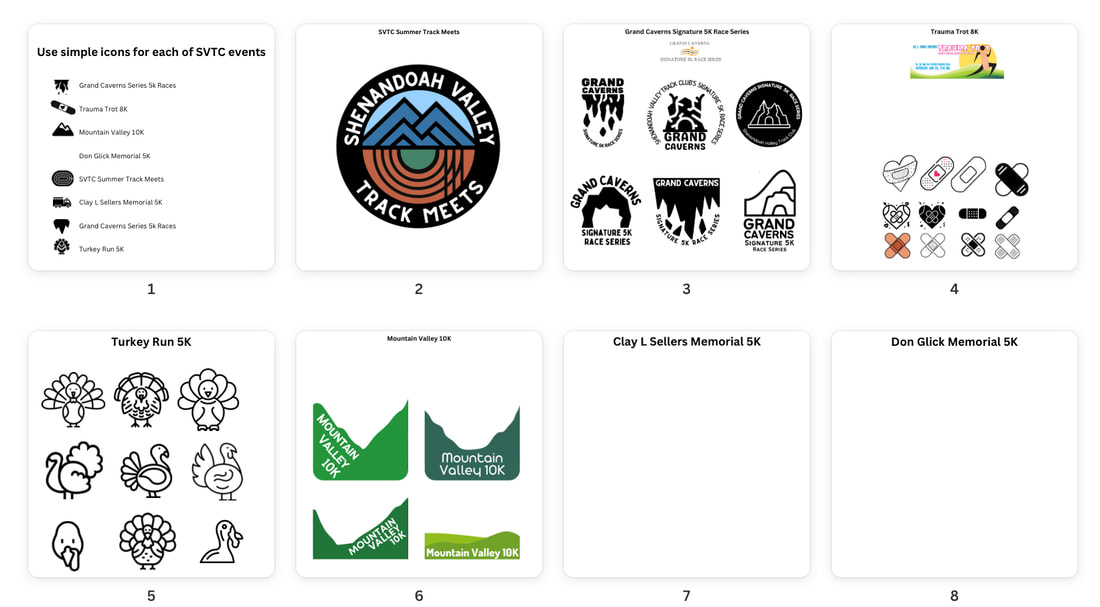
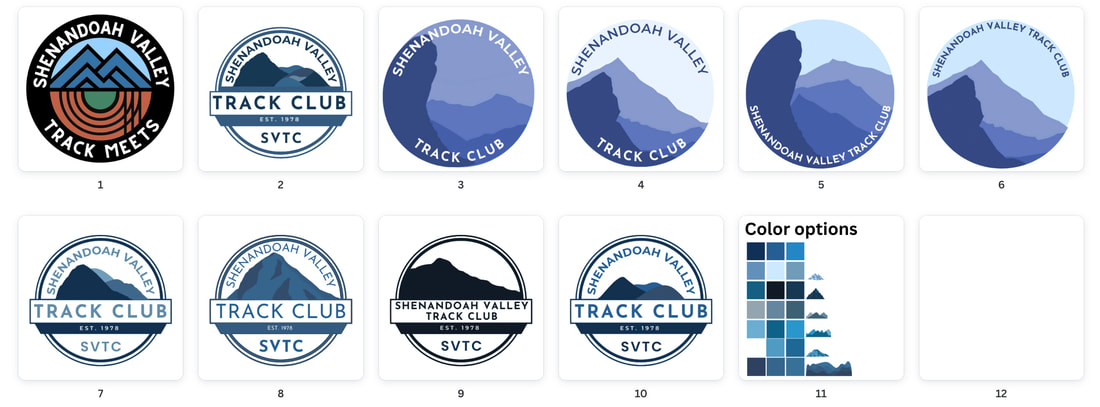

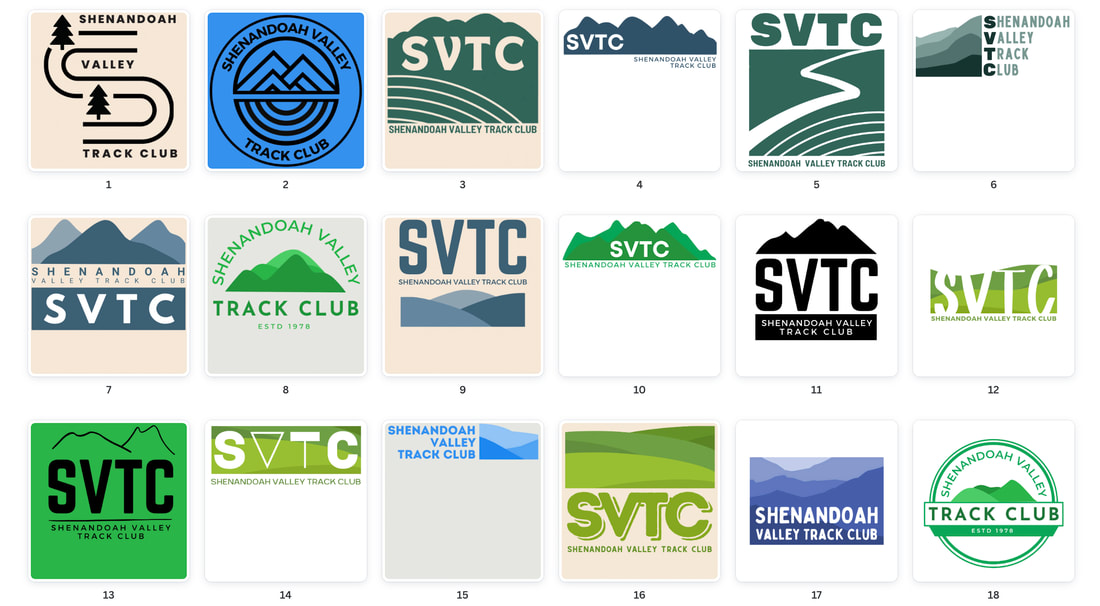
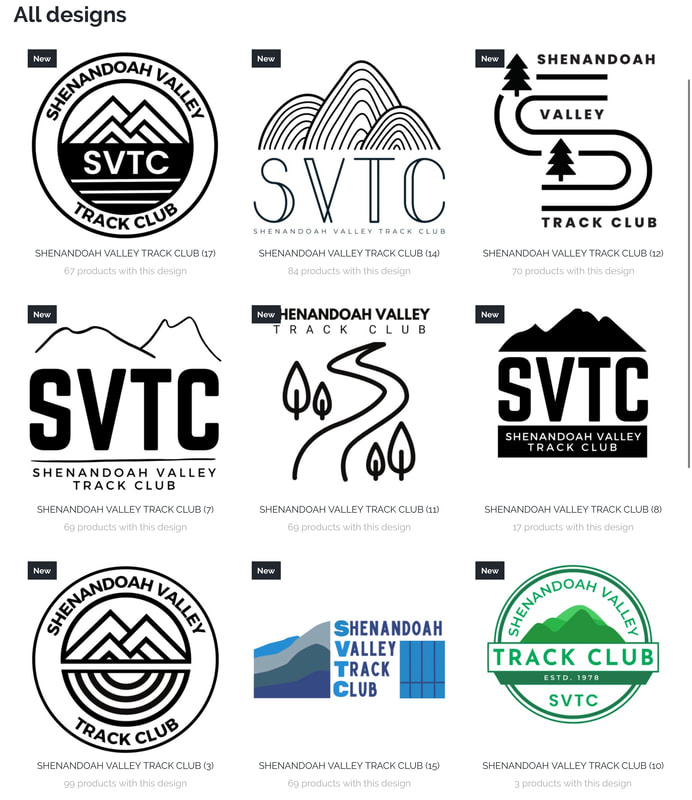
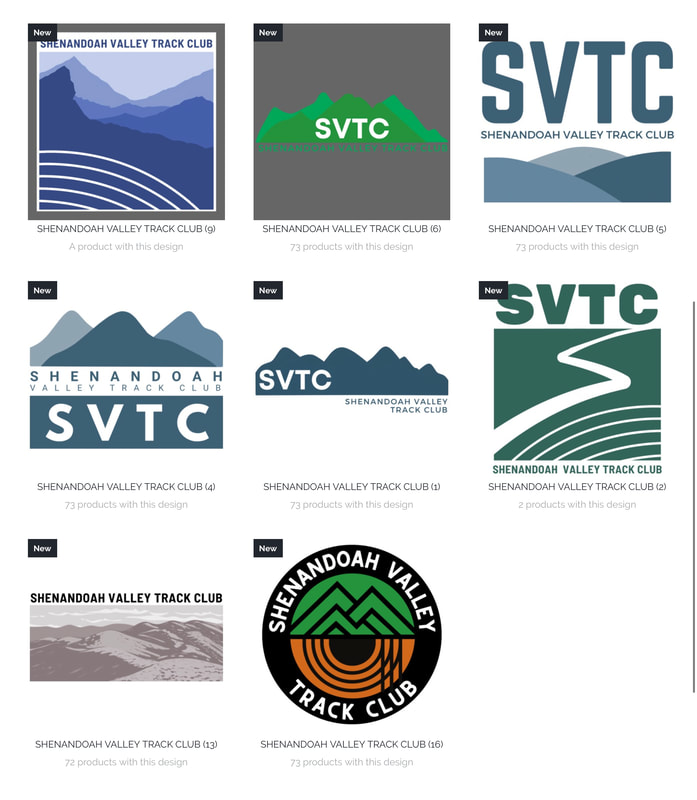

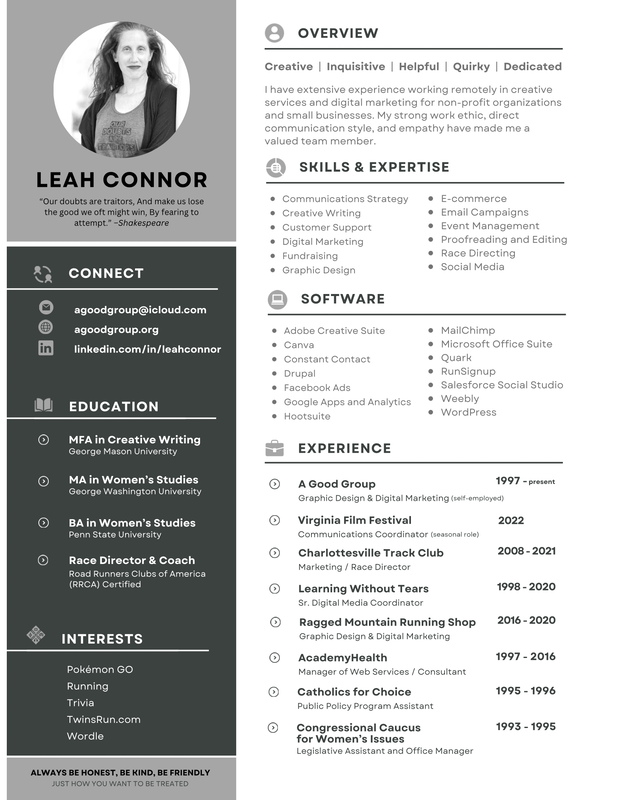
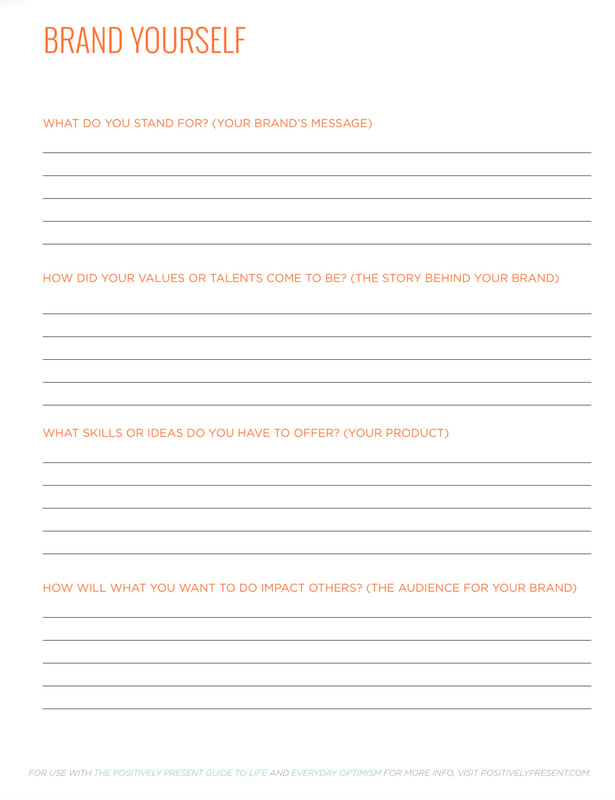
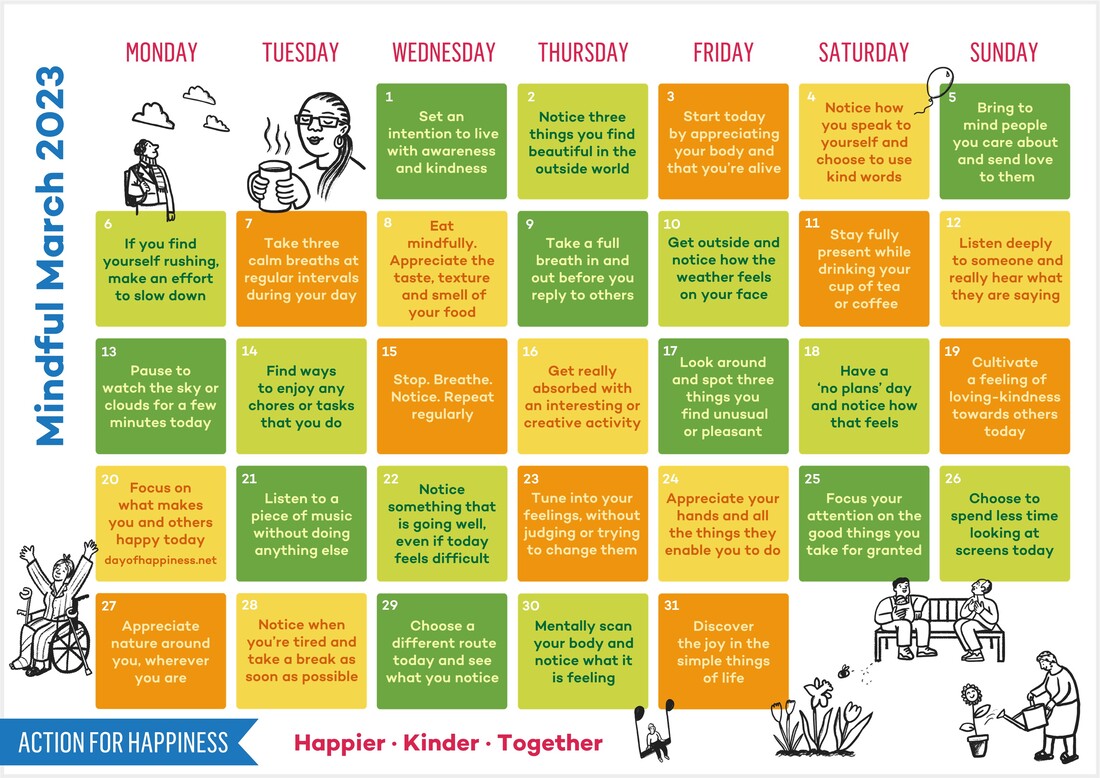
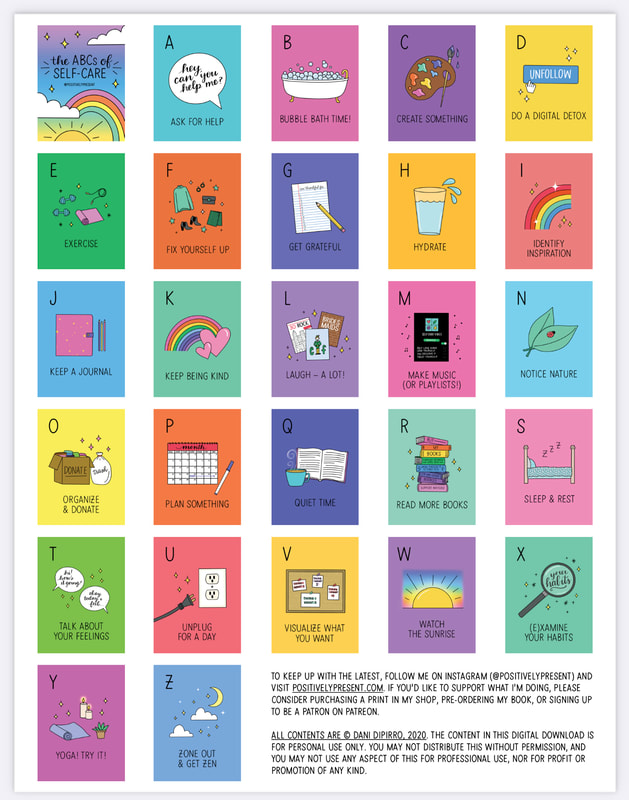
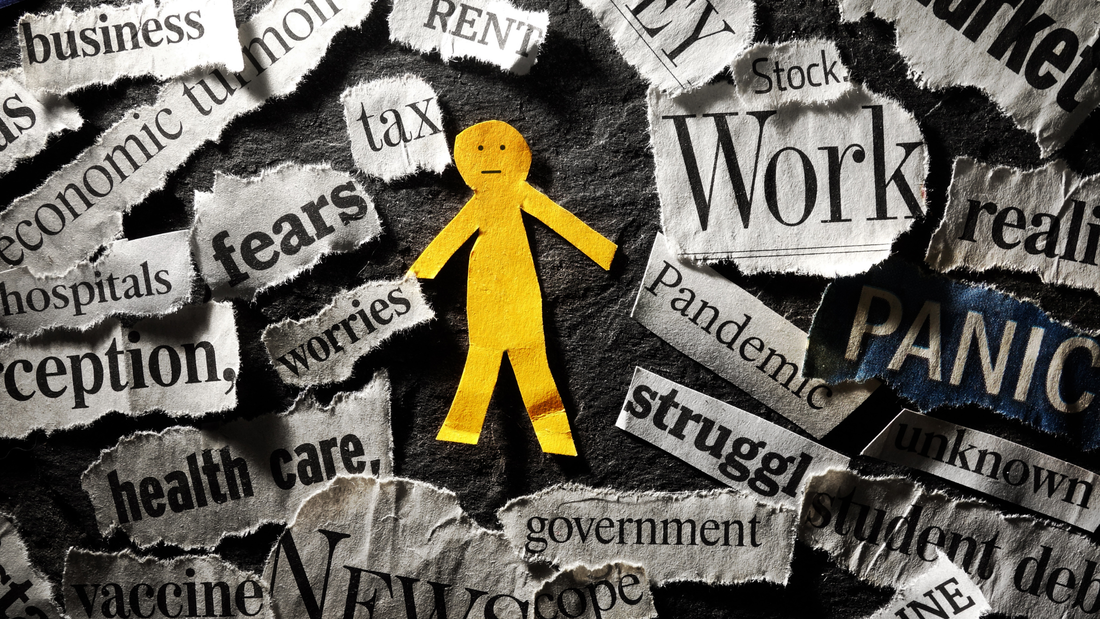


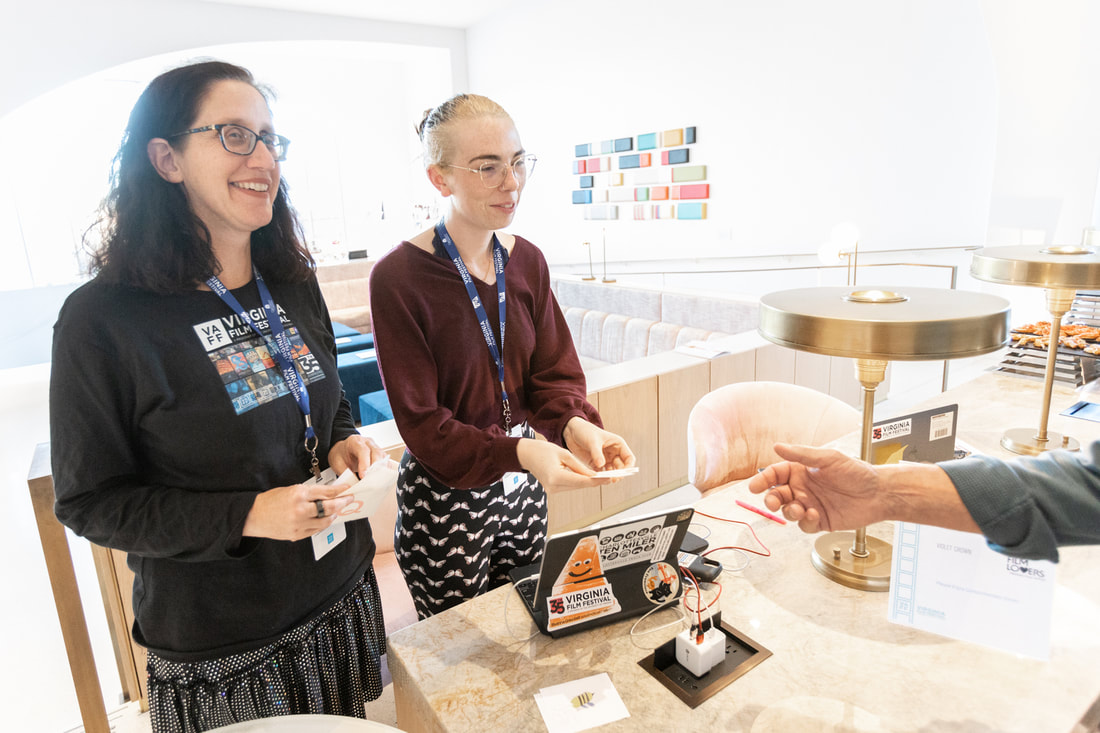

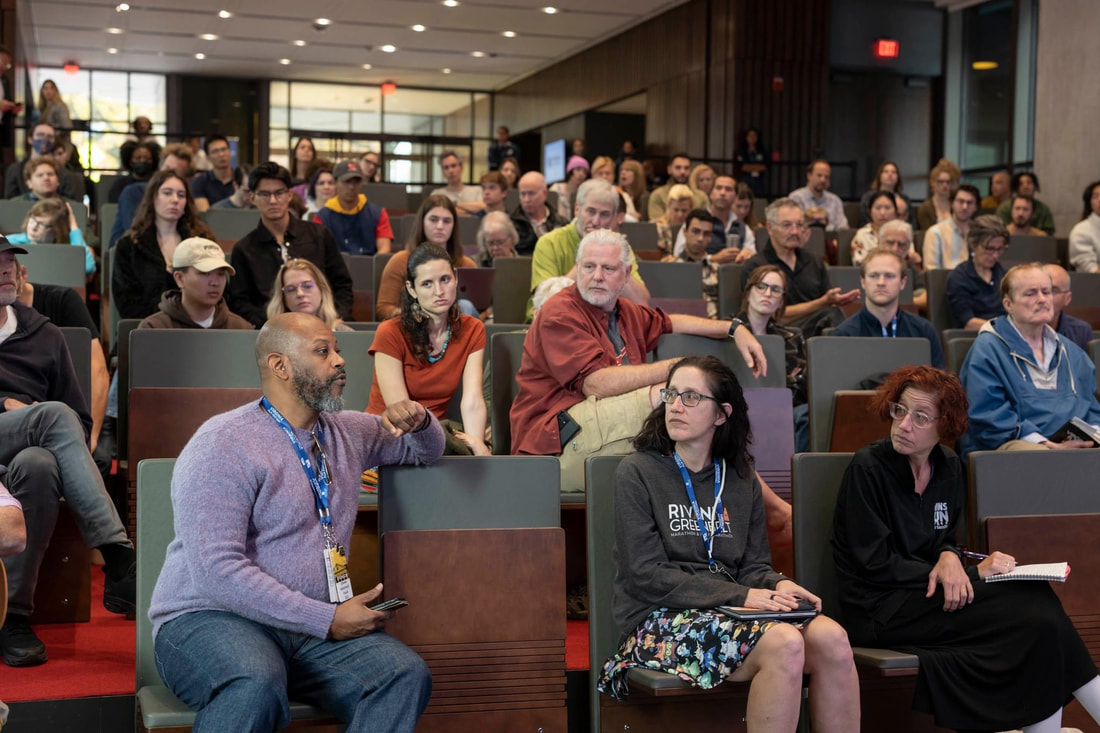

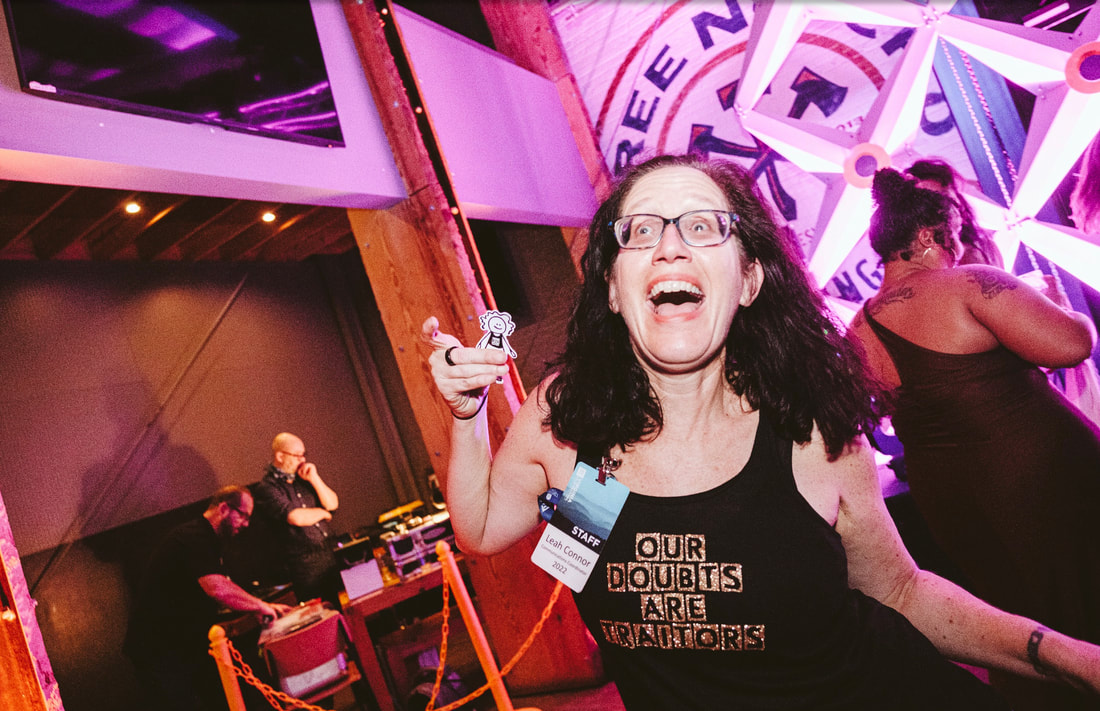


 RSS Feed
RSS Feed
